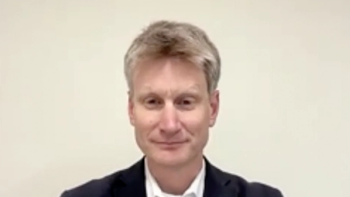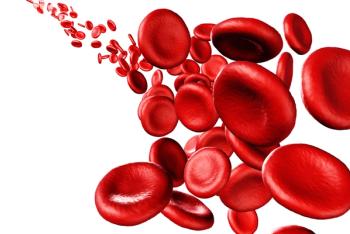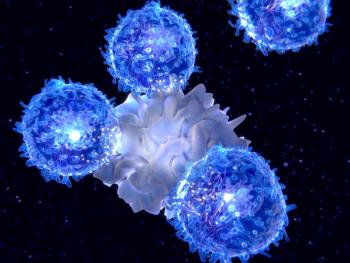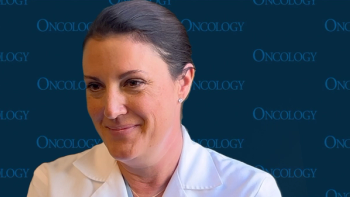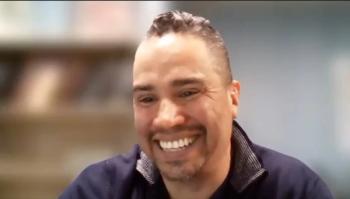
Assessing Therapeutic Options in The Lymphoma Treatment Algorithm
Non-Hodgkin lymphoma and other indolent forms of disease may require sequencing new treatments for years or decades, said Scott Huntington, MD, MPH, MSc.
How one approaches patient care in lymphoma management depends on whether one’s disease is curable or incurable, according to Scott Huntington, MD, MPH, MSc, an associate professor of Internal Medicine (Hematology) at Yale School of Medicine and the Medical Director of Yale Cancer Center's Hematology Outpatient Program.
In a conversation with CancerNetwork®, Huntington outlined current therapeutic approaches in the treatment of different lymphoma populations. For patients with diffuse large B-cell lymphoma, Burkitt lymphoma, Hodgkin lymphoma, and other diseases that appear to be curable, Huntington emphasized immediate strategies that minimize potential toxicities and maximize a patient’s chances of experiencing a cure. He noted that this group of patients may only require 4 to 6 months of treatment before a cure, without a need for subsequent therapy.
On the other hand, those with chronic lymphocytic leukemia (CLL), non-Hodgkin lymphoma, or other indolent diseases are more likely to experience relapses over time. Huntington described a need to minimize adverse effects, maintain quality of life, and sequence new therapies for potentially years or decades among patients with more chronic forms of disease.
Transcript:
The key, first and foremost, is to think about the disease in front of you. Is it a disease that we can cure, or is it something that's chronic, indolent, and incurable? If we have a disease that is curable, we work aggressively to start treatment promptly and offer close follow-up and supportive care to minimize any toxicities that our treatments have to maximize the chance of a patient being rendered cured from their disease. Things like diffuse large B-cell lymphoma, Burkitt lymphoma, and Hodgkin lymphoma...are diseases where we focus on curing. Often, treatment for 4 to 6 months can lead to many patients [experiencing] a cure and never needing treatment again.
Conversely, for things like CLL or other indolent, non-Hodgkin lymphomas, these are diseases that are chronic. Our treatments work [quite] well, but we typically think that they will remit and come back with time. In that patient population, it is often a focus on minimizing toxicities, maintaining excellent quality of life, and trying to think about the sequence for years or decades for those patients. The first real step is, can we cure? If we can, we treat promptly. If it's incurable—the disease—how we think about these patients and strategies is different.
Newsletter
Stay up to date on recent advances in the multidisciplinary approach to cancer.


